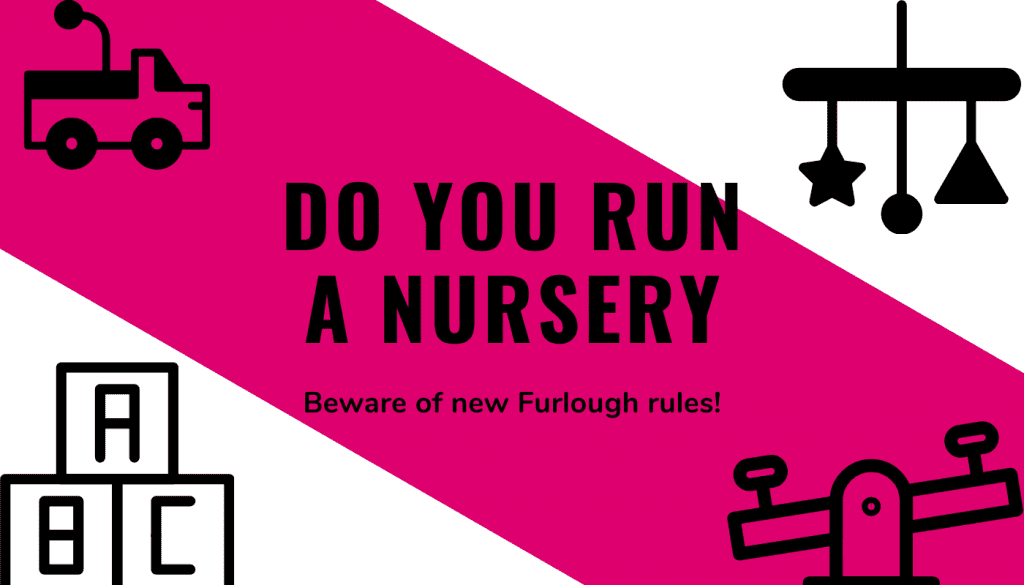
After Boris’ speech on Sunday, selected businesses are now allowed to open under the new HSE guidelines. If you are considering opening…

After Boris’ speech on Sunday, selected businesses are now allowed to open under the new HSE guidelines. If you are considering opening…

On Sunday Boris Johnson addressed the UK and gave a speech that confused the nation. Stay alert, control the virus,…

The help and advice that is available from the Government is forever changing. This is the latest update we have…

New loans for small businesses announced. Sadly, lockdown doesn’t seem to be ending soon. This means that we are going…

DO YOU RUN A CHILDREN’S NURSERY? Beware of the new furlough rules! If you operate a Childs Nursery or playground and receive…

What we know so far update! We now have some more guidance on the government’s help for individuals, businesses and…

How to preserve your cashflow during COVID-19 As the saying goes, turnover is vanity, profit is sanity and cash flow…

How to keep employees motivated when working virtually. Working virtually for a day or two is often a welcome relief…

Running effective virtual meetings Videoconferencing has been available for decades for larger companies, but until recently the majority of meeting…

Claim Your Small Business Grant – TODAY If your business is eligible for small business rate relief OR rural rate…